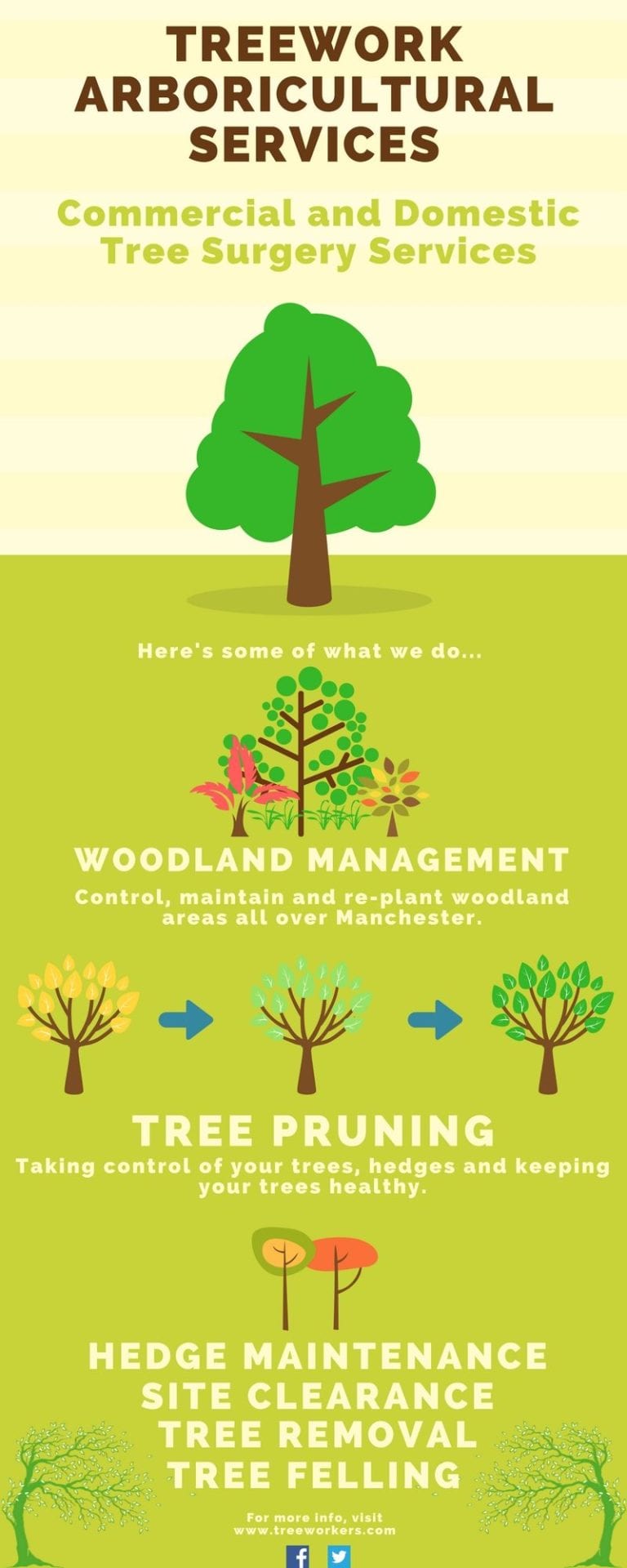Recognizing The Environmental Consequences Of Tree Removal: Crucial Details For You
Recognizing The Environmental Consequences Of Tree Removal: Crucial Details For You
Blog Article
Post Writer-Helms Lyon
When it comes to the ecological impact of tree removal, there are important facets that demand your focus. From https://www.countryliving.com/gardening/garden-ideas/g29814701/trees-for-small-gardens/ of partnerships within ecological communities to the subsequent impacts on environment patterns, the effects are extensive. You may be surprised to discover the elaborate ways in which the elimination of trees can reverberate throughout the environment. Stay tuned to decipher the complex links and effects of this apparently straightforward act.
Deforestation and Habitat Loss
Logging and environment loss are crucial concerns originating from tree removal. When trees are cut down, it interferes with entire ecological communities. Not only are the trees themselves lost, yet the homes and food resources of many plant and animal species are damaged as well. https://customerrelationshipmanag42197.bloggazzo.com/32171258/handle-the-effects-of-tree-removal-by-utilizing-crucial-pointers-for-your-backyard-and-find-how-to-move-forward-for-an-immaculate-outdoor-space lose their nesting sites, animals lose their shelter, and insects shed their habitats. The results surge through the food web, influencing killers and prey alike.
In addition, logging adds to environment change. Trees play a crucial function in absorbing carbon dioxide, a greenhouse gas that catches heat in the ambience. With fewer trees, there's less carbon dioxide absorption, bring about boosted degrees of this gas in the ambience and exacerbating international warming.
Habitat loss is a straight result of logging, as the devastation of forests implies the loss of unique and varied communities. Numerous types are unable to adjust to rapid changes in their environment, leading to population declines and, sometimes, termination.
Safeguarding forests is vital to preserving the fragile balance of nature and making sure the survival of countless plant and pet types.
Effect on Biodiversity
The removal of trees has a substantial effect on biodiversity, impacting the selection and wealth of plant and animal varieties in an area. Trees offer habitat and food sources for many microorganisms, from pests to birds to mammals. When trees are eliminated, these species lose their homes and sources of nutrition, bring about a decline in their populaces. This interruption can have plunging results on the entire ecological community.
Additionally, trees play a critical duty in preserving biodiversity by creating microhabitats within their covers, trunks, and origins that support a variety of species. When trees are lowered, these specialized environments are destroyed, reducing the total diversity of the area.
In addition, the removal of trees can lead to a decrease in genetic diversity within plant populaces, as specific tree types might no longer have the ability to replicate or spread efficiently. Securing trees and woodlands is important for maintaining biodiversity and making sure the health and wellness of ecological communities for future generations.
Soil Disintegration and Climate Change
With trees being gotten rid of from a location, the disturbance of soil framework and stability happens, causing boosted dirt erosion. Trees play a vital role in preventing erosion by holding soil in position with their root systems. When trees are gotten rid of, especially in large numbers, the soil becomes more vulnerable to erosion from wind and water. This erosion not only influences the prompt surroundings yet can also bring about sedimentation in nearby water bodies, affecting water high quality and marine ecological communities.
In addition, trees aid control the climate by taking in carbon dioxide during photosynthesis. When trees are reduced, this natural carbon sink is lessened, adding to raised degrees of greenhouse gases in the atmosphere. This can exacerbate environment modification, leading to more extreme climate occasions and disturbances in communities worldwide.
Consequently, the removal of trees not just speeds up soil erosion but likewise contributes in the larger environmental issue of climate adjustment. It's vital to think about these elements when assessing the impacts of tree elimination on the environment.
Conclusion
Since you know the environmental influence of tree elimination, think about the consequences before reducing trees. Deforestation interrupts ecosystems, lowers biodiversity, and contributes to soil disintegration and environment modification. By bearing in https://andersonzgpcm.ageeksblog.com/32008349/can-trees-be-conserved-exactly-how-to-inform-if-tree-elimination-is-necessary of tree removal, you can help shield our atmosphere and preserve the fragile balance of nature. Make notified options and consider alternative solutions to decrease the unfavorable impacts on our world.
